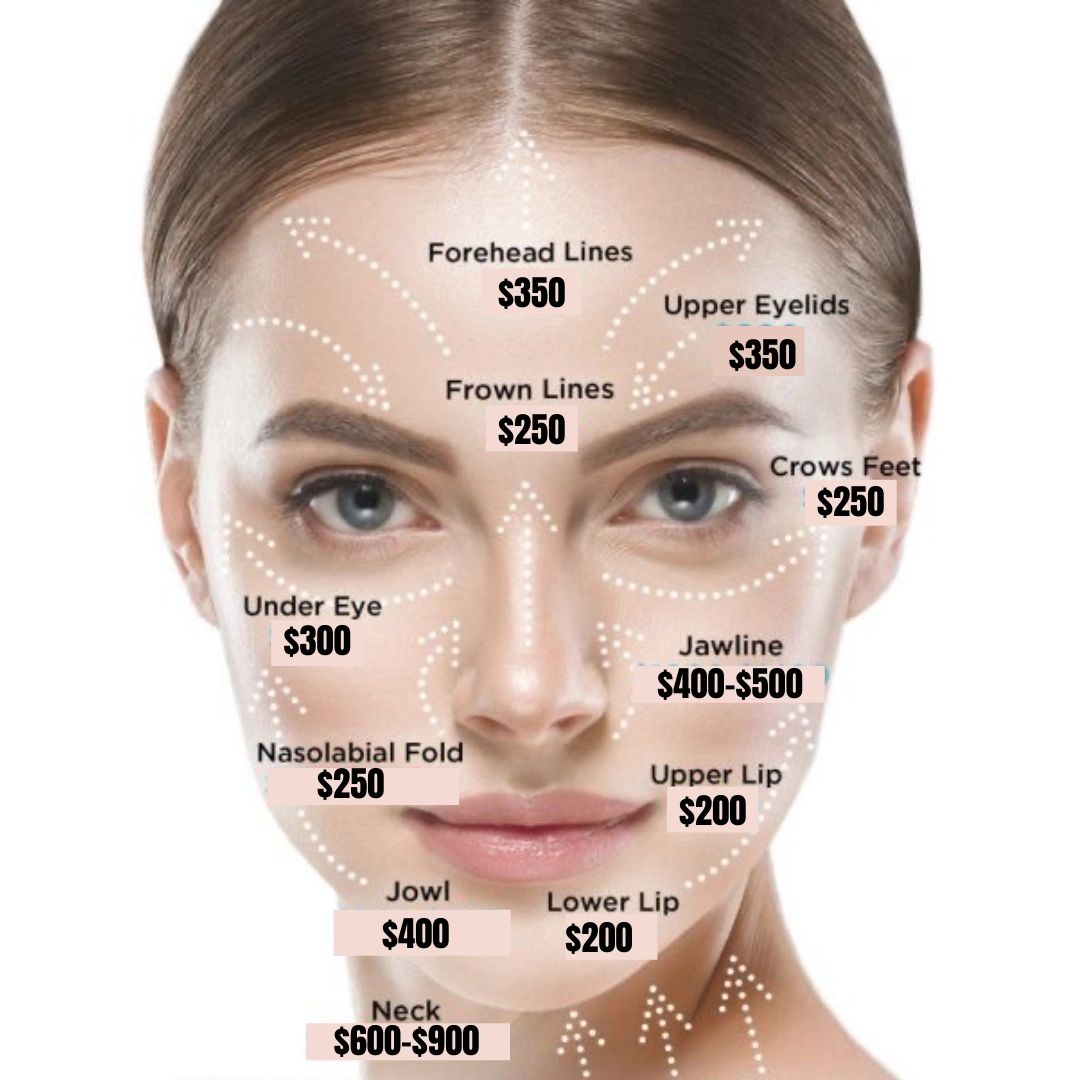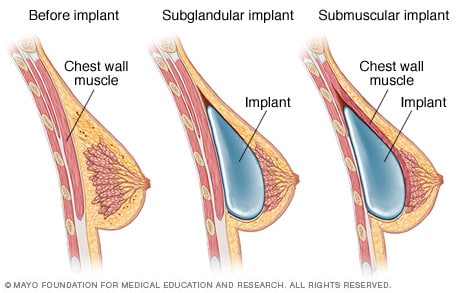
One of the most effective techniques for correcting an Asian nose is the use of composite implants. The best option for augmentation is the use of cartilage or ribs from the nose. Dr. Chow is most likely to use cartilage to modify the tip of the nose. He can use cartilage with a variety of sources for augmentations and reshaping of the nose.
Autologous rib cartilage
Asian rhinoplasty can be one of the most difficult procedures in facial plastic surgery. Many Asian patients are seeking a more refined, high-strength nasal bridge. You can achieve the desired results using a variety of augmentation techniques. Autologous rib cartilage is one of the most versatile graft material. This tissue is versatile and can be used for many purposes, including augmentation or formation of new dorsal length.

Sliced cartilage fascia
The dorsum (bone portion of the nose) runs between your eyes and ends at your tip. A surgeon can improve the dorsum either by placing a synthetic implants or adding diced cartilage facia grafts. The surgeon can create the desired shape and size of the cartilage, making it look more natural.
Shield grafts
Shield grafts are a popular option for Asian nose surgery. They can also be used to restore the tip's normal size and height. The procedure involves using a cartilaginous shield to create a new dome. You have two options: a curved or smooth graft or one that is flat and ridged. It can be a single layer or several layers. The surgeon will determine how many layers are necessary based on the amount of projection that is needed.
Skin grafts
Asian nose skin grafts are not always successful. It can be difficult to reduce the thickness of the Asian nose's envelope using traditional methods. This is why the doctor will often use structural cartilage to shrink the tip while keeping the thickness of soft tissue. Alternatively, he may use a combination of the two techniques to improve the appearance of the nose.
Silicone nasopharynx
An Asian patient complaining of a defective silicone nasopharynx insert after rhinoplasty was completed, complained that the implant had become unstable. This was due to a different surgeon. It was creating an unattractive shadow at the upper nose bridge. Although the area contoured well after surgery, it was not perfect after one year.

Alar base modification
There are numerous techniques available for narrowing and modifying the alar base and nostrils, but few studies have specifically addressed Asian individuals. One technique that may be useful in Asian patients is combined sill and alar excision, which addresses wide nostrils and alar flare at the same time. This technique was evaluated in a retrospective cohort study.